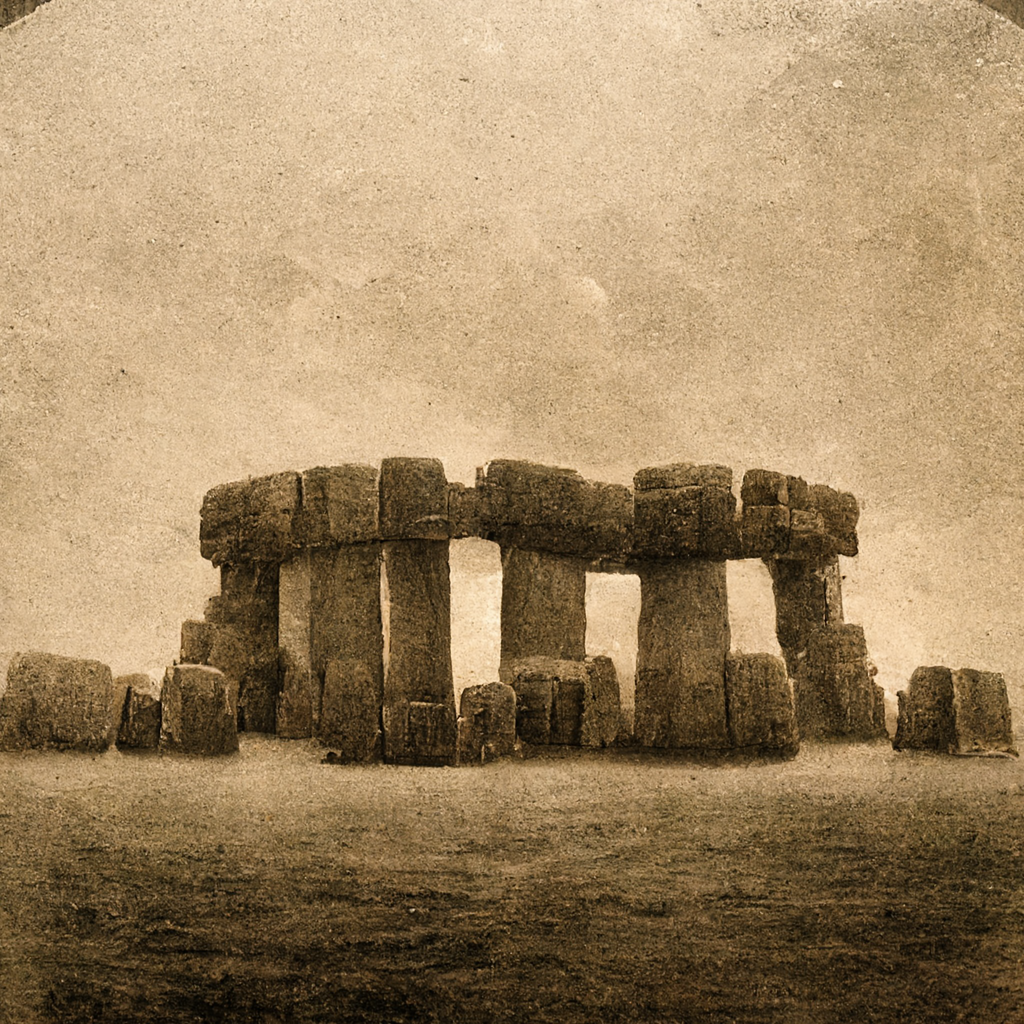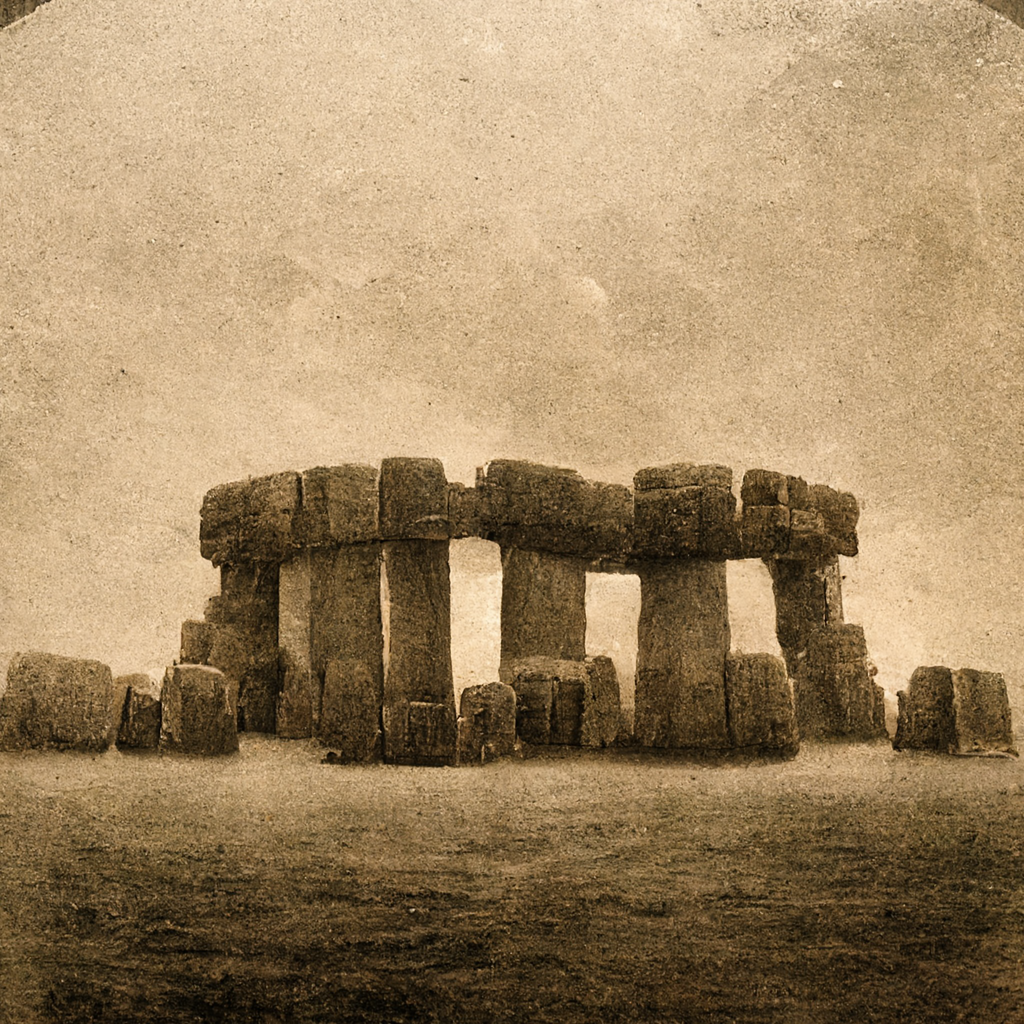
In the rolling, green hills of England, a mysterious and ancient structure stands. It is Stonehenge, a collection of massive stone monoliths that has confounded historians and archaeologists for centuries.
Stonehenge is a Neolithic monument, believed to have been constructed between 3000 and 2000 BCE. It is comprised of massive stones, weighing up to 50 tons, and arranged in a circular formation.
The stones used to construct Stonehenge are believed to have come from a quarry located approximately 25 miles north of the monument, in the Marlborough Downs area. The quarry, known as the Prescelly Mountains, is the source of the dolerite sarsens that make up the majority of Stonehenge.
The stones at Stonehenge are also thought to have come from another location, approximately 150 miles away in the Preseli Mountains of Wales. The Preseli Mountains are the source of the bluestones that make up a smaller portion of the monument.
It is not known how the ancient people who built Stonehenge transported the massive stones from these quarries to the site of the monument. Some believe that they used rafts to float the stones down rivers, while others speculate that they used a network of wooden rollers and sleds to drag the stones across the landscape. The true method of transportation remains a mystery.
Some believe that Stonehenge was a place of religious or spiritual significance, used for rituals and ceremonies. Others speculate that it was an astronomical observatory, used to track the movements of the sun and stars. Still, others believe that it was a burial ground or a site of healing and rejuvenation.
But the true purpose of Stonehenge remains a mystery. Despite countless studies and investigations, no one knows for certain why it was built, or how the ancient people who constructed it were able to move and position the massive stones.
The legend of Stonehenge endures, a haunting reminder of the mysteries of the ancient world. Whether it was a place of religious worship, an astronomical observatory, or something else entirely, Stonehenge remains a puzzling and enigmatic monument, one that continues to fascinate and intrigue those who study it.

